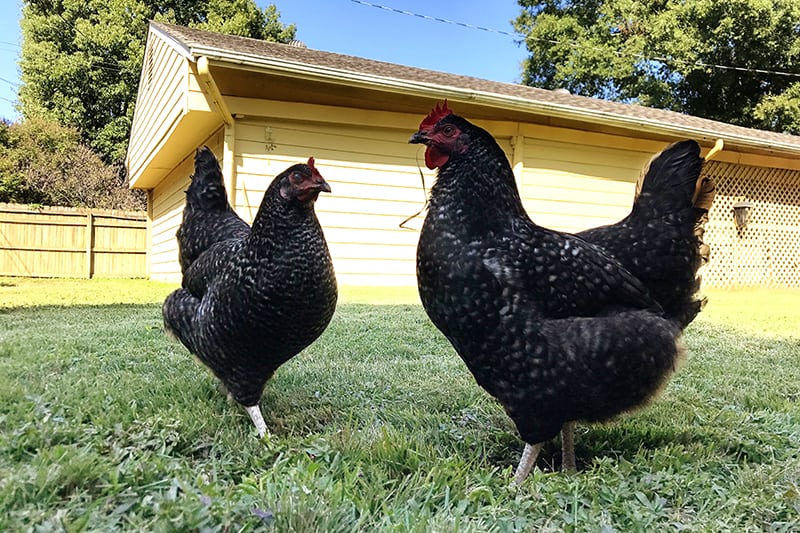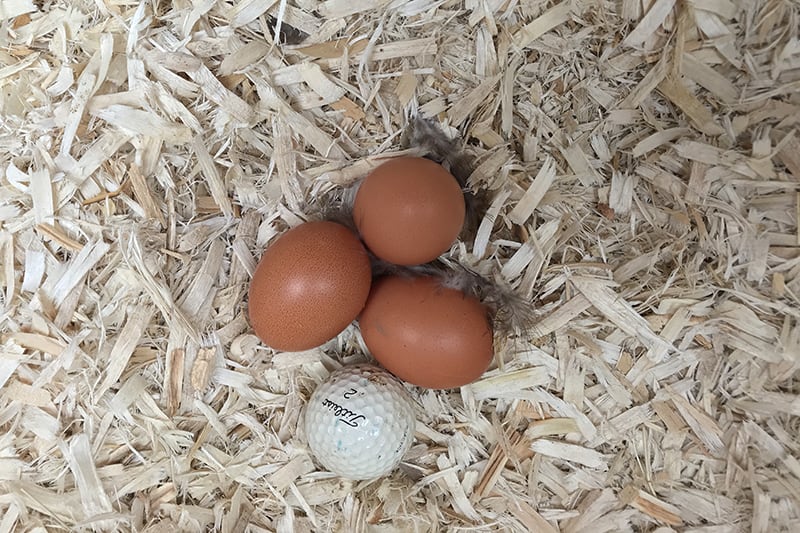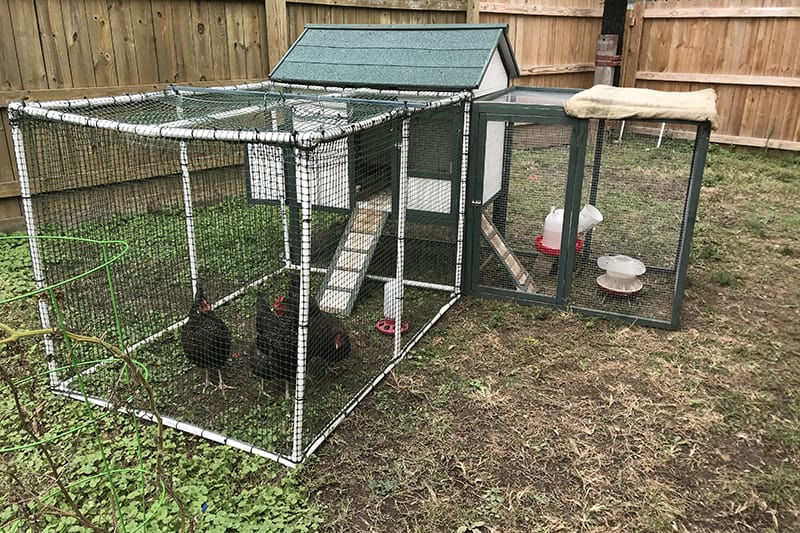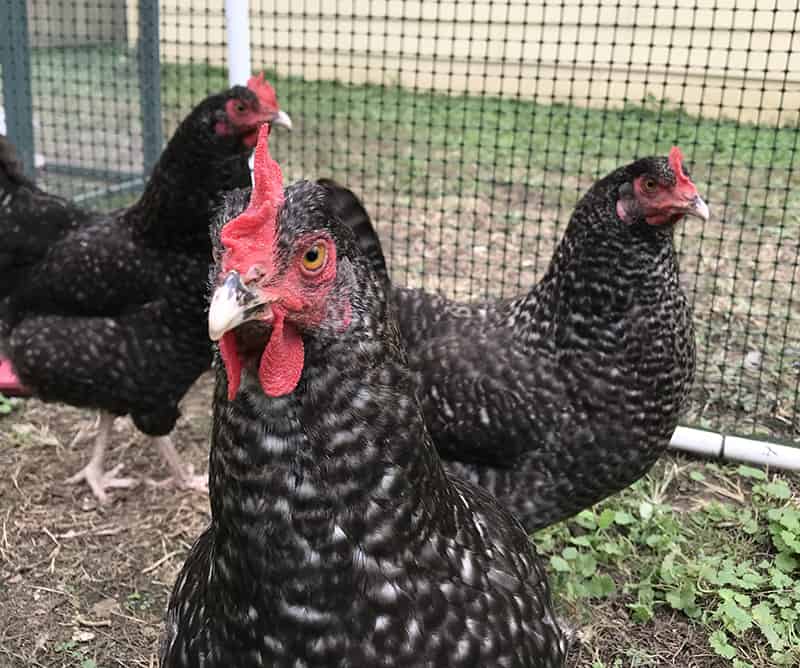#NatureZen: Backyard Chickens
Guest post: words and photos by Malle Carrasco-Harris, PhD
This summer, I finally jumped into a backyard project I had been thinking about for nearly four years: chickens! What a perfect adventure for the “safer at home” summer.
When people find out I have chickens, their first question is usually “why?” Have you been around chickens? They are fun to watch. I’m a biologist by training, so having a backyard flock of Gallus domesticus allows me to observe animal behavior in a casual setting. You, a reader of NatureZen, may also be familiar with the entertainment value of birds.

Mrs. Fitzgibbons and Claire
My three ladies were a hoot from the beginning. I met the seller in Oakland with a wire crate covered in an old throw towel. They had my new friends in a hard plastic kennel, tipped door up on the parking lot ground. The first chicken was unceremoniously transferred from her kennel to mine, and her feet barely touched the bottom of the crate before she soiled my hatchback carpet.
The second chicken made a heroic effort to achieve freedom. I found myself frozen in time, assessing the situation: one chicken, two women, and a wide open parking lot. I quickly grabbed the towel, and off we went to catch a loose bird. I’m sure our chicken chasing provided many Walmart customers their morning’s fair share of entertainment. We did manage to (safely) capture her (“we” is used loosely, as I did not – may still not – know how to catch a chicken). On the drive home after the exciting transfer, I nervously glanced at the ladies through the rearview mirror. That had been quite the start to this new endeavor.
My cuckoo marans were five months old and had just started laying, so I was quickly gifted with my first egg later that first afternoon! It was beautiful! A true, small delight.

Young layers are inexperienced, and may not know what to do when the urge strikes, dropping an egg wherever they happen to be. I caught one lady shamelessly eating an egg, yolk-covered beak and all. A little research suggested I needed to be mother hen and teach them where to lay eggs. A golf ball and a t-shirt curtain in front of the nest box solved that problem. Everyone appreciates privacy.
Almost immediately, we noted behavioral differences and matched those with each chicken’s appearance. The #1 hen has the brightest and biggest comb and wattle, whereas the last to eat is more grey in color and smaller. We named them based on their robust personalities and “Outlander” characters.
It’s funny when everyday sayings or taunts, such as “pecking order,” “birds of a feather,” or “don’t be a chicken,” come true in your own backyard. If Claire does not see it fit to share her watermelon, a peck on Mrs. Fitzgibbons’ head lets her know to wait her turn. Every evening, I let the ladies roam the backyard. They typically stay within about 10 feet of each other, and if one strays too far from the others, she’ll make a mad dash, wings extended, to get back to the other two. Watching a chicken catch some air is always good entertainment.

As I was scooping dessert one evening, I realized a mockingbird and Claire had been squawking loudly throughout dinner. We went to investigate and saw Jenny alone under a young spruce. Odd, where are the others? We turned the corner and saw the problem: Claire was in one of the day runs, a hawk perched on the PVC structure above her and unable to figure out how to get in. We scared the hawk off, and Jenny rushed to her flock leader. But what of Mrs. Fitzgibbons? I panicked slightly before my husband found Fitz in her favorite dusting hole, quietly tucked against a wall under gardening equipment. Smart ladies.
It’s not all fun and birdwatching, though! I spend a fair amount of time scooping poop and moving the coop. We’ve also been through our first phase of internal parasites. It’s certainly quite a bit of work for 2 to 3 eggs a day, but it’s the satisfying kind that connects me back to the earth after long days on a computer. As gardeners also know, there’s a sense of gratification and contentment you achieve when you’re physically invested in acquiring your food, even if you’re raking chicken manure.

Claire, Jenny, and Mrs. Fitzgibbons
Malle Carrasco-Harris is a recent Biology PhD graduate from the University of Memphis with interests in animal behavior and how it changes in human-dominated environments. She is currently a research analyst in Store Development at AutoZone, and an outdoor enthusiast who can frequently be found walking under the Overton canopy. Her recent publication, “Cozy in the City: The Morphology and Spatial Ecology of Copperheads in an Urban Forest,” can be read here.



